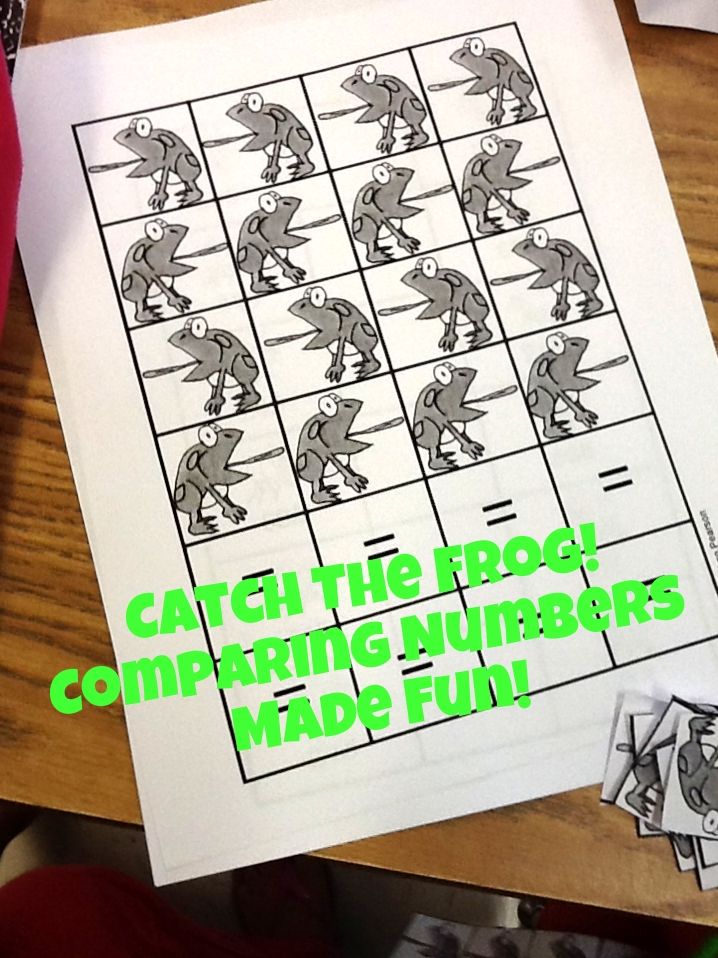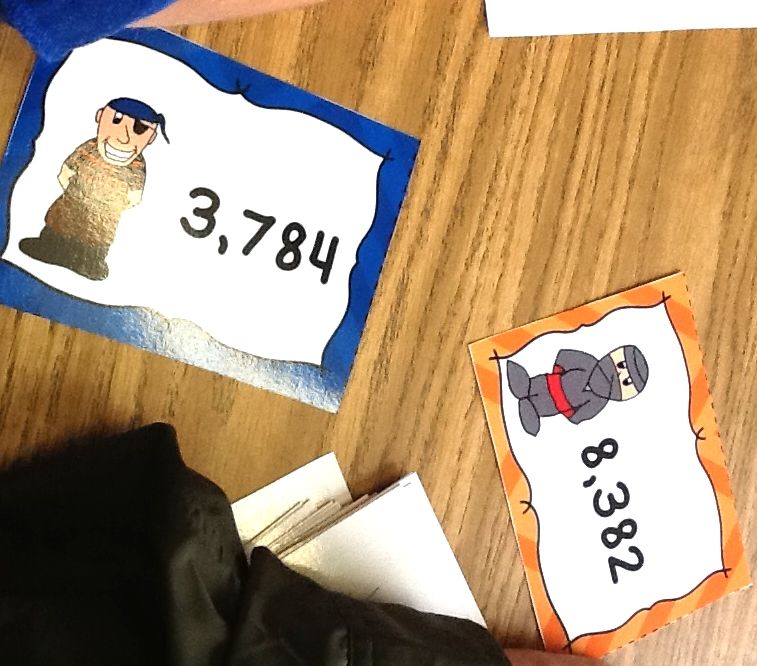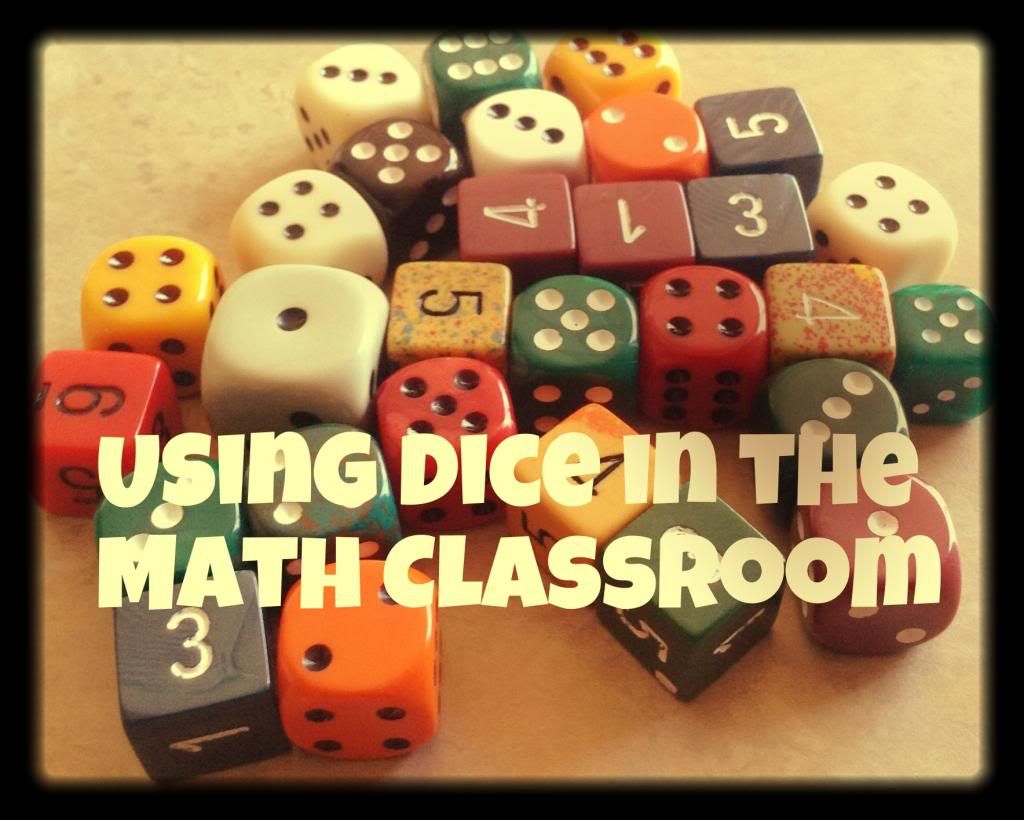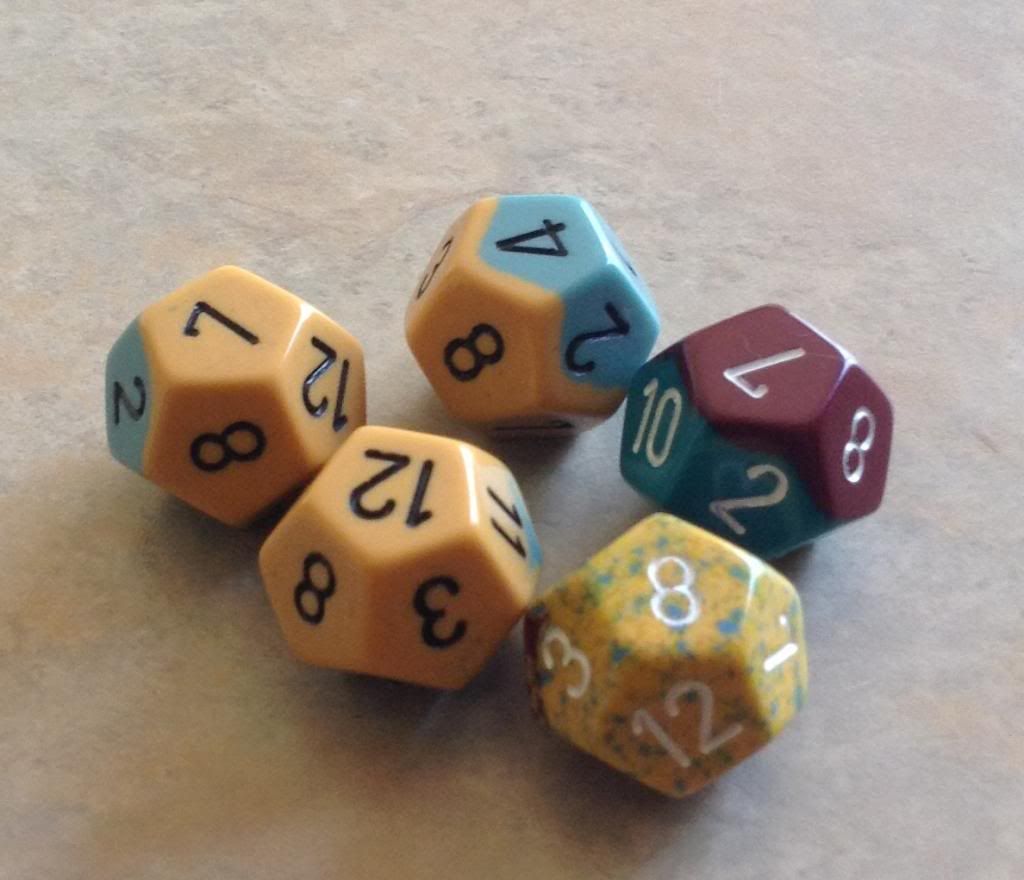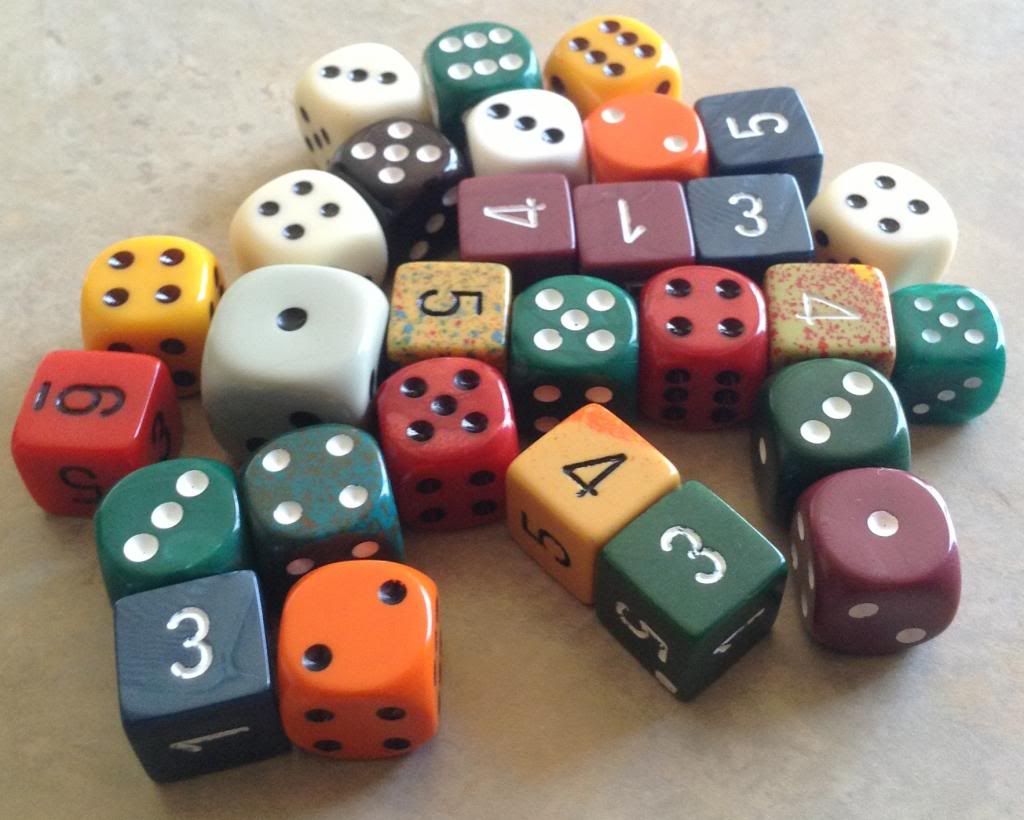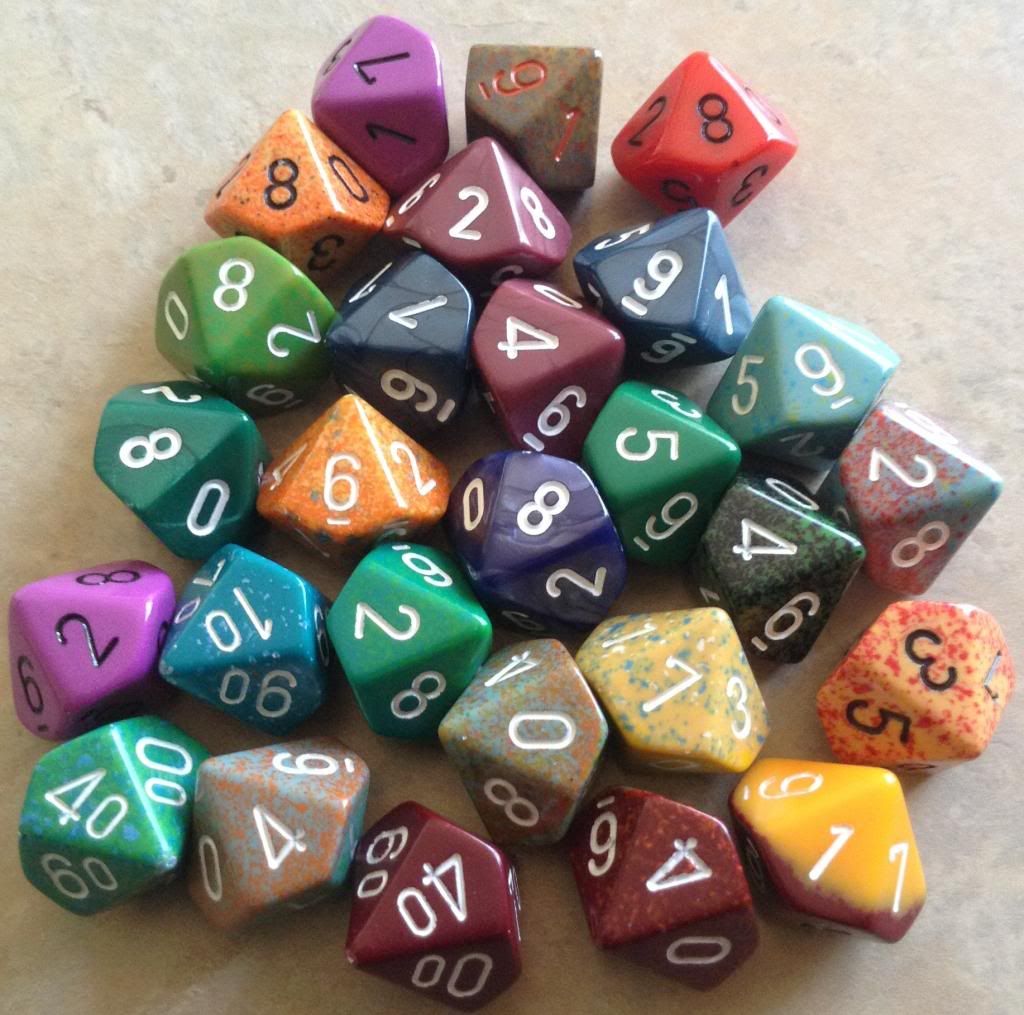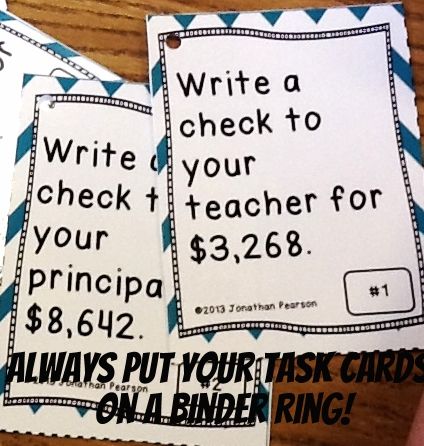 |
| Always put your task cards on a binder ring! |
Everything was going swimmingly with my centers. At least until clean up time came. Maybe it is just a third grade thing, but clean up seems to be a disaster every day. Children who were behaving wonderfully seem to lose their minds when it comes time to put things away. This is especially true for task cards that come out of envelopes.
Now maybe I wasn't specific when I gave the instructions, but I'm pretty sure that I said to make sure that all cards that come out of envelopes go back into the same envelopes. This, of course, was not the case. When I started to clean up from the day, I noticed that one envelope of cards was very anemic while another envelope looked as if it had just enjoyed a seven course meal. Instead of returning the cards to the correct envelope, the students just shoved the cards into whatever envelope they could find. I even found some of my Check Writing cards in envelopes with Pirates vs. Ninjas, another place value center. I had to sort all of the cards (again!) to make sure they were all there.
So I wised up. I probably should have done this to begin with, but I invested in some binder rings. I put all of the cards on rings. It was beautiful. And the best part? No cards got misplaced! I am a genius. Now, I just need to remember to do it again in the future.


